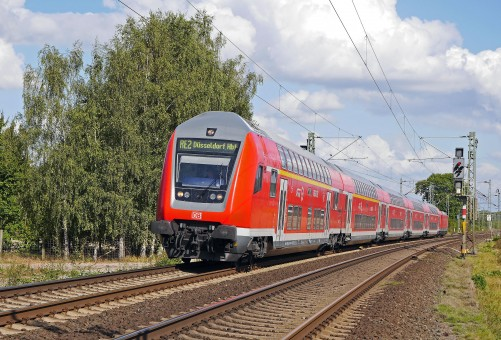I heard in Germany, they have different class seats on separate carts. I am mainly travelling on 2nd class, and I am just worried, that I am going to hop on to the wrong cart. Is it easy to differentiate them, looking at the exteriors of the carts, where carts are painted differently, or do they follow some sort of sequence, where front carts are usually 1st class, and back carts are 2nd class?
Solved
How do I recognize the difference between the different class carts (1st class and 2nd class) on German Trains: ICE and Regional Trains?
Best answer by ralderton
It's very clear, written on the outside of the train, and the interior doors.
Often, it will also be shown on the platform displays where to stand for 1st or 2nd class
Enter your E-mail address. We'll send you an e-mail with instructions to reset your password.




